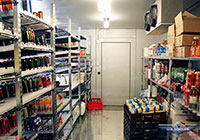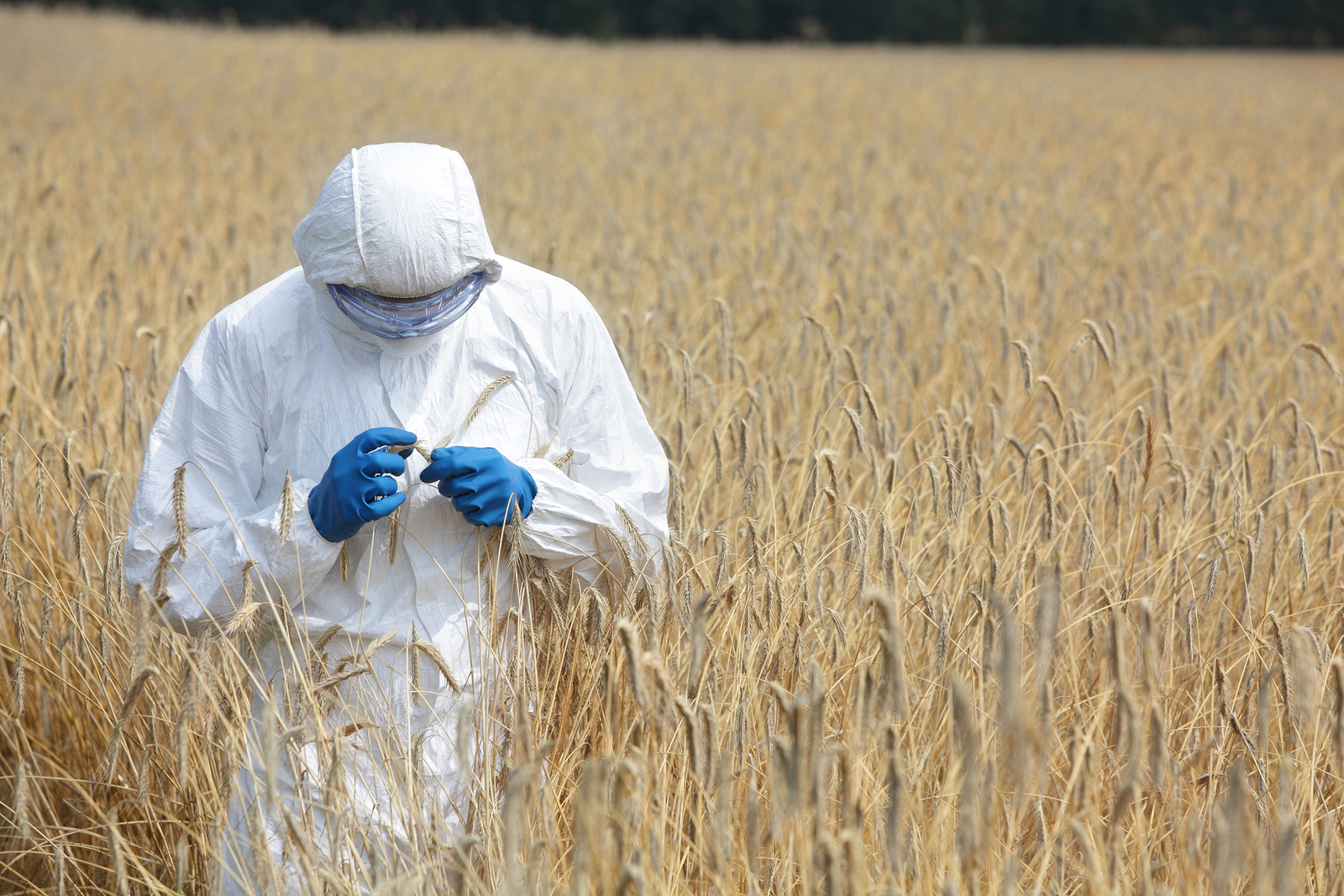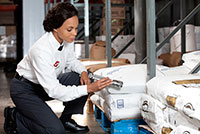Keeping it Safe: Sanitation of Refrigeration and Ice Making Equipment
By Emily Mirren
Refrigerators and ice machines need more than a good cleaning every so often: they also need to be sanitized regularly. The temperatures in these machines are cold enough to slow the growth of bacteria, but they won’t kill them. Cleaning alone is not enough! There are many places where biological contamination can hide for a long time and operators need to be vigilant. Here’s what you need to know in order to keep your machines sanitized and safe for use:
Read the Manual
The first thing to check is the manual of your refrigerator or ice machine. There are several pieces of information you’ll need to find:
- The types and concentrations of sanitizing solutions you’ll need.
- How often the manufacturer recommends sanitizing the machine (note that your local laws may be stricter.)
- Which parts need to be sanitized and how to access them.
A refrigerated container with antimicrobial surfaces may not need to be sanitized often, but shelves and scoops might. Your owner’s manual will give you all this information. Go to the manufacturer’s website if you no longer have your manual. Most of them can be found online now. If liquid water can collect in an area, that spot needs sanitizing.
Where can it hide?
Any part of the machine that doesn’t touch food can be cleaned, but if it touches food, including ice, then sanitation will be necessary. Where can bacteria hide?
- In door and lid seals
- In shelving and drawers
- Any place liquids can collect (behind a drawer for instance)
- The entire inside of an ice bin
If liquid water can collect in an area, that’s a spot that needs sanitizing. Your filtration systems may also require sanitizing when the filter is changed. Failure to do this could introduce bacteria into the water line.
Basic Sanitizing
To sanitize equipment, the procedure is simple. First, clean the surfaces you’ll be sanitizing. Cleaning always happens before sanitizing. Mix sanitizer solution at the recommended strength in a bucket reserved for this. Use a clean rag and wipe all the surfaces down. Leave the solution on for the recommended length of them, then rinse. Dispose of the solution and the rinse water. Be careful not to make your sanitizer solution too strong or leave it sitting around. That could also cause a negative mark on your health inspection! Use fresh solution every time.
Ensuring Compliance
Unlike cleaning or other kitchen tasks, you can’t tell by looking whether something was recently sanitized. Thus, as part of the procedure you should have a way for employees to sign off that it was done. A simple way to do this is to have a signoff chart hanging on the side of the equipment. Have employees write their name, the date, and the time they sanitized the machine. This information can be used as documentation with the public health inspector if there is a question about sanitization.
Never neglect to sanitize your equipment after cleaning, especially if there has been a leak inside the equipment. A dripping package of meat after a power outage or a pool of water at the bottom of an ice bin means it’s time to clean and sanitize. If you keep your food safe, you won’t have to worry about food-related illness bringing your business down.
About the Author
Emily Mirren is the customer information “champion” at Spaceman USA – a manufacturer of soft serve and frozen yogurt machines. With technical knowledge of the machines and understanding of soft serve business, Emily writes in various topics – from business management to delivering the best food quality and safety to customers.
To have more articles like this emailed to your inbox, become a GFSR Member today!

-
 FeaturedRisk management
The Cost of a Breach: What a Cyberattack Could Mean for Food Safety Recalls
FeaturedRisk management
The Cost of a Breach: What a Cyberattack Could Mean for Food Safety Recalls
-
 FeaturedRisk management
Securing the Food Chain: How ISO/IEC 27001 Strengthens Cybersecurity
FeaturedRisk management
Securing the Food Chain: How ISO/IEC 27001 Strengthens Cybersecurity
-
 FeaturedRisk management
Revolutionizing Food Safety Training: Breaking Out of the “Check-the-Box” Mentality
FeaturedRisk management
Revolutionizing Food Safety Training: Breaking Out of the “Check-the-Box” Mentality
-
 GFSI Standards
GFSI 2025: Building Trust, Tech-Forward Solutions, and Global Unity in Food Safety
GFSI Standards
GFSI 2025: Building Trust, Tech-Forward Solutions, and Global Unity in Food Safety
-
 FeaturedFood Safety
Integrated Pest Management: Strategies to Protect Your Brand’s Reputation
FeaturedFood Safety
Integrated Pest Management: Strategies to Protect Your Brand’s Reputation
-
 FeaturedFood Safety Culture & Training
No Open Door Policy: Challenges That Impact Pest Control in Food Processing Plants
FeaturedFood Safety Culture & Training
No Open Door Policy: Challenges That Impact Pest Control in Food Processing Plants




